Leaks happen.
The problem is that even the smallest leak in your home’s roof can cause damage. Leaving a leak unfixed for too long can mean mold growing, which isn’t just gross, it also can be potentially dangerous to your health. That’s why figuring out where your roof is leaking from and getting it fixed asap is so important.
We’ve got five tips to help you locate your leaky roof issues.
1. Watch for the first signs of a roof leak
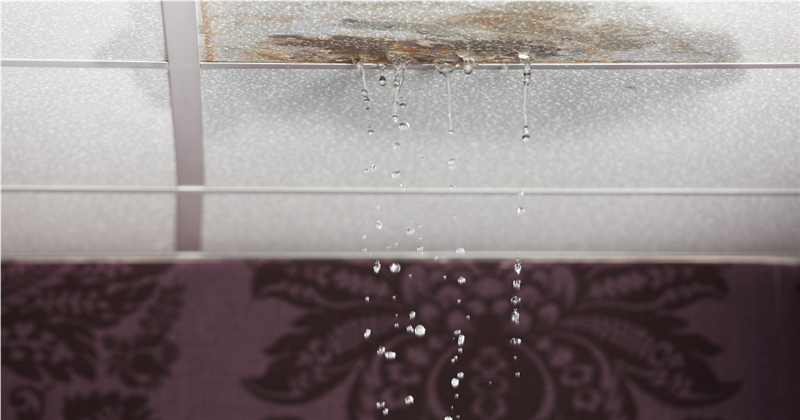
The sound of dripping water or damp walls are often the first signs of a leaky roof. What you might not know is that there are several other, less obvious signs to watch for even when it’s not raining outside:
- · Musty odors in certain rooms.
- · Water stains on your ceiling.
- · Spots on your exterior walls.
- · Bulging patches on your interior walls.
- · Missing or warped shingles.
These signs can point to a leak somewhere in your roof. The bad news? The indoor locations you find there signs might not actually be where your leak is. To hunt down where your leak is coming from, you’ve got to do just a little more investigating.
2. Check out your attic
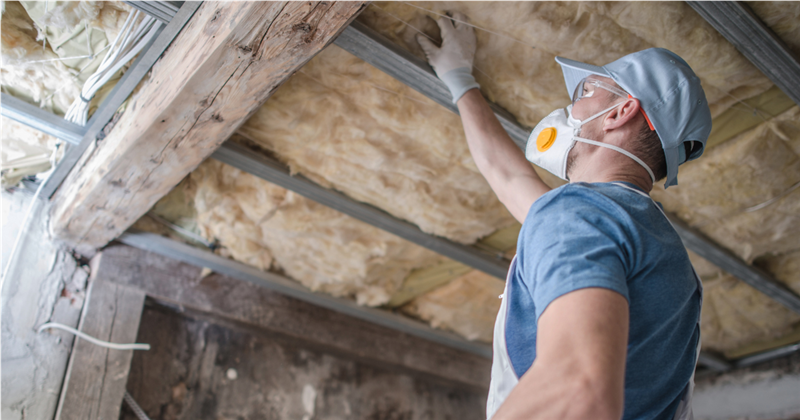
The next step in our leaky investigation is your attic. Grab a flashlight and head up into your attic crawl space. Watch where you step! No one wants to put an accidental hole through your ceiling. You’re keeping your eyes peeled for water stains, mold or black marks along your rafters and roof sheathing.
If you have an attic, the easiest way to spot the leak is to go up there on a rainy day. Water will reflect light, so bring a flashlight along. Once you locate the source of the water, mark the area.
How to Find a Roof Leak With No Attic
What if you don’t have an attic? If you live in a townhome or other home without attic space, check your roof itself first for signs of damage. (Make sure you get your landlord's permission if you don’t own your house!)
In some cases, small water stains might be caused by exposed nails. When moisture from the floors below meets the cold air in the attic (unless your attic is too warm, which you should check on), it condenses on the nail at night and then melts during the day when it warms up. You can easily fix this by clipping the nail below the head with a pair of pliers.
3. Make It Rain

Ok, so you’ve checked your attic and you still can’t tell where your leak might be hiding. It’s time to perform a rain dance! I’m kidding – kind of. Get yourself a helper to stay inside the house close to the spot you noticed your leak indoors. Then, take your hose up to your roof and stark soaking, one section at a time. Have your helper yell once they see your leaky culprit.
Make sure to move slowly, spending several minutes on each area. If your helper sees the leak, but can’t find the exact spot it’s coming from, start tearing up shingles. You’ll be able to find evidence in the form of water stains or even rotting wood.
Step 4: Look for necessary repairs
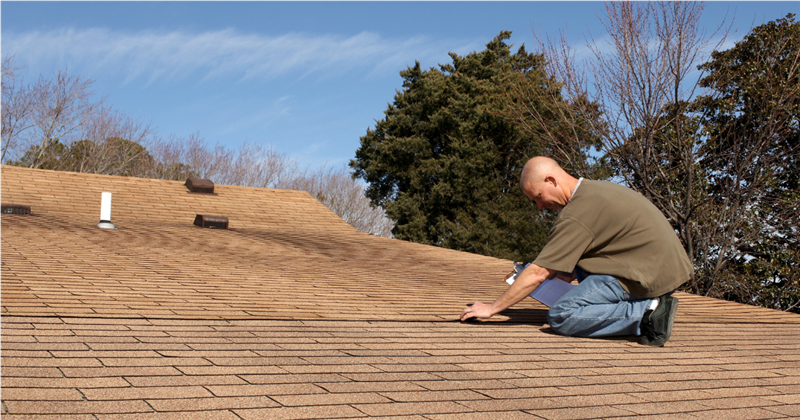
Depending on where your leak lives on your roof, there could be many potential fixes you can do yourself (or have a roofer come take care of for you). Here are three of the most common roofing repairs needed:
· Replace Damaged Shingles: If the leak is coming from a damaged shingle, remove the nail holding it in place and scrape up any remaining roofing cement. Take a new shingle, lay down fresh cement and then nail the replacement shingle over the exposed area.
· Reapply Caulk Around Chimneys, Vents, and Window Edges: If you find a leak around any of these elements, try replacing the caulk around the flashing. This will fill in any gaps that may have opened up since the roof was last replaced.
· Fix Plumbing Vent Boots: Damaged vent boots can let water in where it shouldn’t be. You can find replacements at any hardware store. Though if the existing boot is in good shape, you may just need to replace the screws with rubber-washered ones. These will keep water from seeping in through the screw holes.
5. Call a professional roofer!
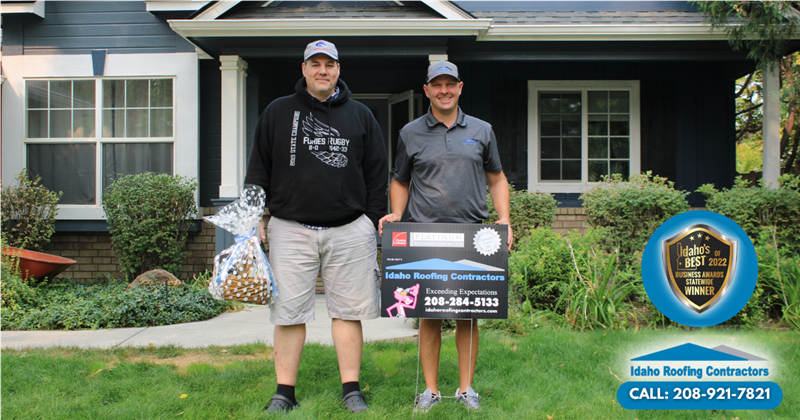
So, you’ve been up on your roof and you’ve found your leak (or not), and your problem is bigger than a simple DIY? No problem! If the project seems like it’s a little outside your scope of expertise, make sure you call a professional to make the fix. Quality roofers will be able to provide you a list of issues you roof may or may not have, as well as the costs to fix it.
Some common solutions to more complex problems may include:
- · Replacing roof flashing
- · Installing heat cables
- · Total roof replacements
If it turns out your roof needs replaced, we’ve got you covered there too. Call us today for a completely free, sales-pitch-free quote at 208-921-7821, and be sure to come follow us on Facebook for upcoming offers!
Subscribe to Idaho Roofing Contractors's Blog


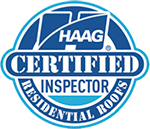

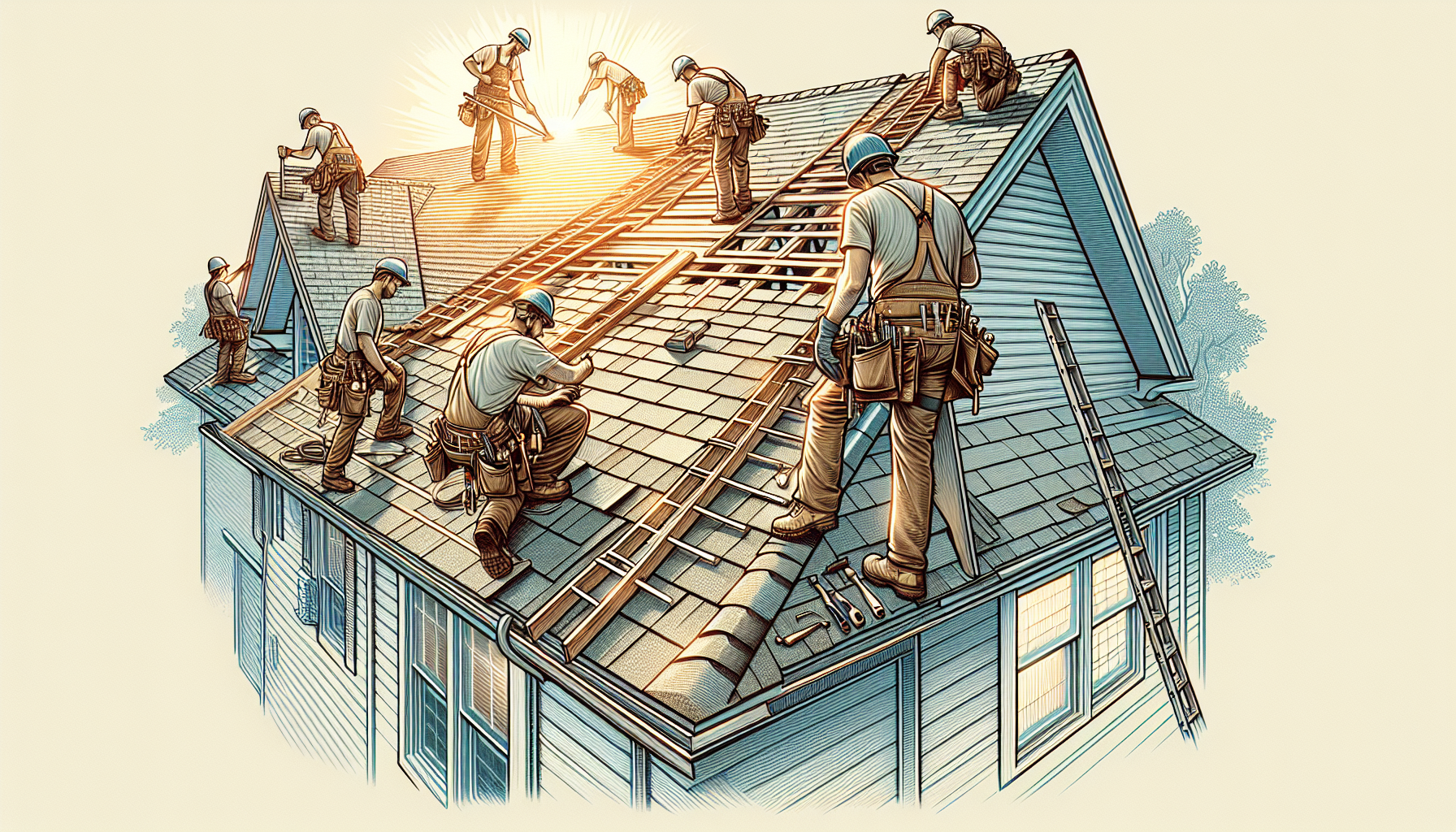


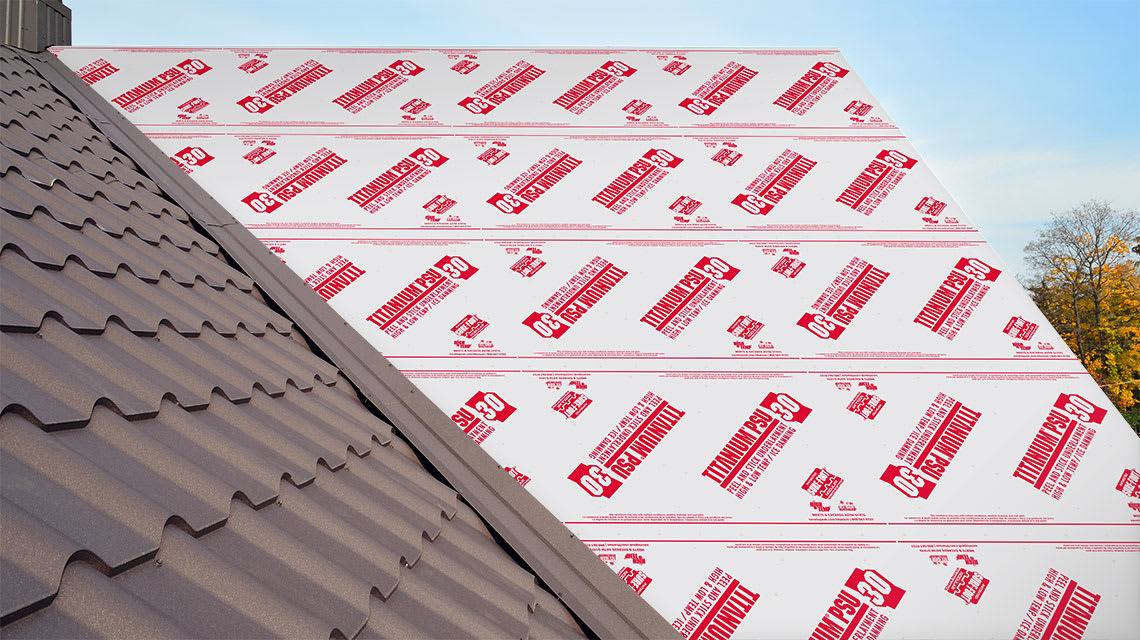
Comments